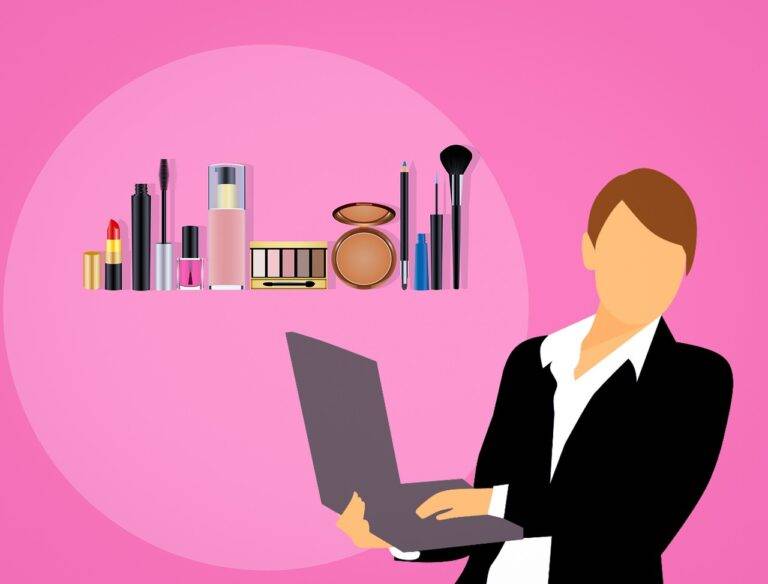Tech and the Circular Economy: A Sustainable Approach
Linear consumption refers to the traditional method of producing, utilizing, and then discarding resources. This linear model perpetuates a relentless cycle of resource depletion and waste accumulation, leading to significant environmental consequences. In this approach, raw materials are extracted, processed into products, consumed, and eventually discarded, mostly ending up in landfills or incinerators. Such a linear system exacerbates the depletion of finite resources, increases pollution levels, and contributes to the worsening impacts of climate change.
Moreover, the linear consumption model fails to account for the long-term sustainability of resources. By not prioritizing the efficient use of materials or considering the potential for reuse and recycling, this approach overlooks the inherent value in extending the lifespan of products and materials. Instead, it promotes a mindset of disposability and overconsumption, which is not only detrimental to the environment but also economically unsustainable in the long run.
The Concept of the Circular Economy
The concept of the circular economy prioritizes sustainability and resource efficiency by aiming to reduce waste and keep materials in use for as long as possible. This approach challenges the traditional linear model of consumption, in which products are made, used, and then discarded. Instead, the circular economy seeks to loop resources back into the production cycle, minimizing environmental impact and promoting a more sustainable way of living.
By emphasizing the principles of reduce, reuse, and recycle, the circular economy encourages businesses and consumers to shift towards a more regenerative model that benefits both the economy and the environment. Through innovative strategies such as product redesign, sharing platforms, and waste-to-energy processes, this concept aims to create a closed-loop system where resources are circulated and reused indefinitely, promoting long-term sustainability and driving positive social and economic outcomes.
How Technology Can Facilitate a Circular Economy
Embracing technology is vital in transitioning towards a circular economy. With the advancement of digital platforms and innovative solutions, businesses can now seamlessly track and manage their resources in a more efficient manner. For instance, the implementation of blockchain technology allows for transparent and secure transactions, promoting trust and accountability in supply chains.
Furthermore, the use of data analytics and artificial intelligence can help optimize resource utilization and minimize waste generation. By analyzing patterns and trends, companies can make informed decisions to improve their production processes, reduce energy consumption, and extend the lifespan of products through innovative recycling and refurbishment strategies. Ultimately, technology serves as a crucial tool in driving the shift towards a more sustainable and circular economic model.
What is the main problem with linear consumption?
The main problem with linear consumption is that it leads to excessive waste and resource depletion, ultimately contributing to environmental degradation.
What is the concept of the circular economy?
The circular economy is a sustainable economic model that aims to minimize waste and maximize the value of resources by keeping them in use for as long as possible through recycling, reusing, and remanufacturing.
How can technology facilitate a circular economy?
Technology can facilitate a circular economy by enabling more efficient resource management, tracking and tracing materials throughout their lifecycle, and creating new business models that promote sustainable practices.
What are some examples of technology that can support a circular economy?
Examples of technology that can support a circular economy include blockchain for supply chain transparency, 3D printing for local production and customization, and artificial intelligence for optimizing resource usage.
How can individuals and businesses contribute to a circular economy with the help of technology?
Individuals and businesses can contribute to a circular economy by adopting digital platforms for sharing and renting resources, implementing smart waste management systems, and investing in eco-friendly products and services.





